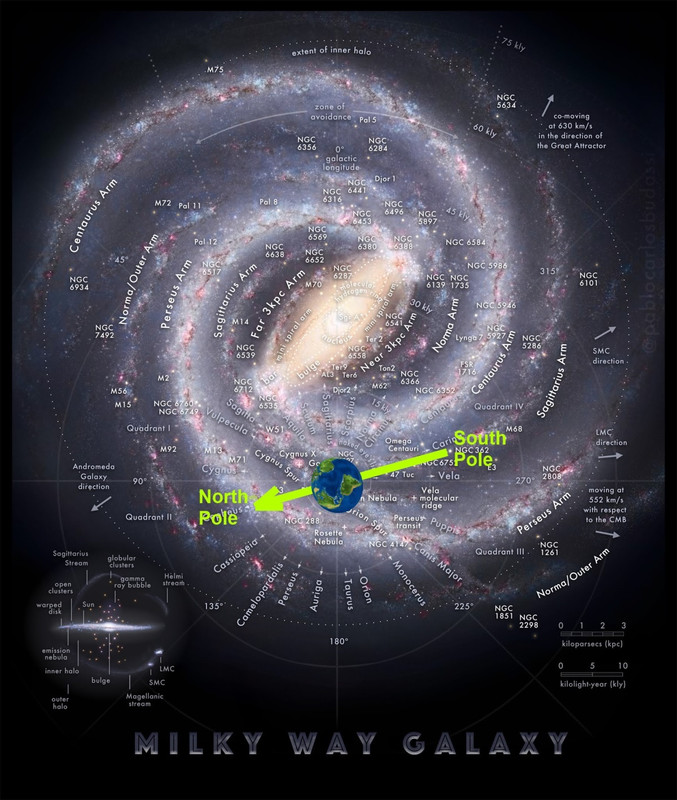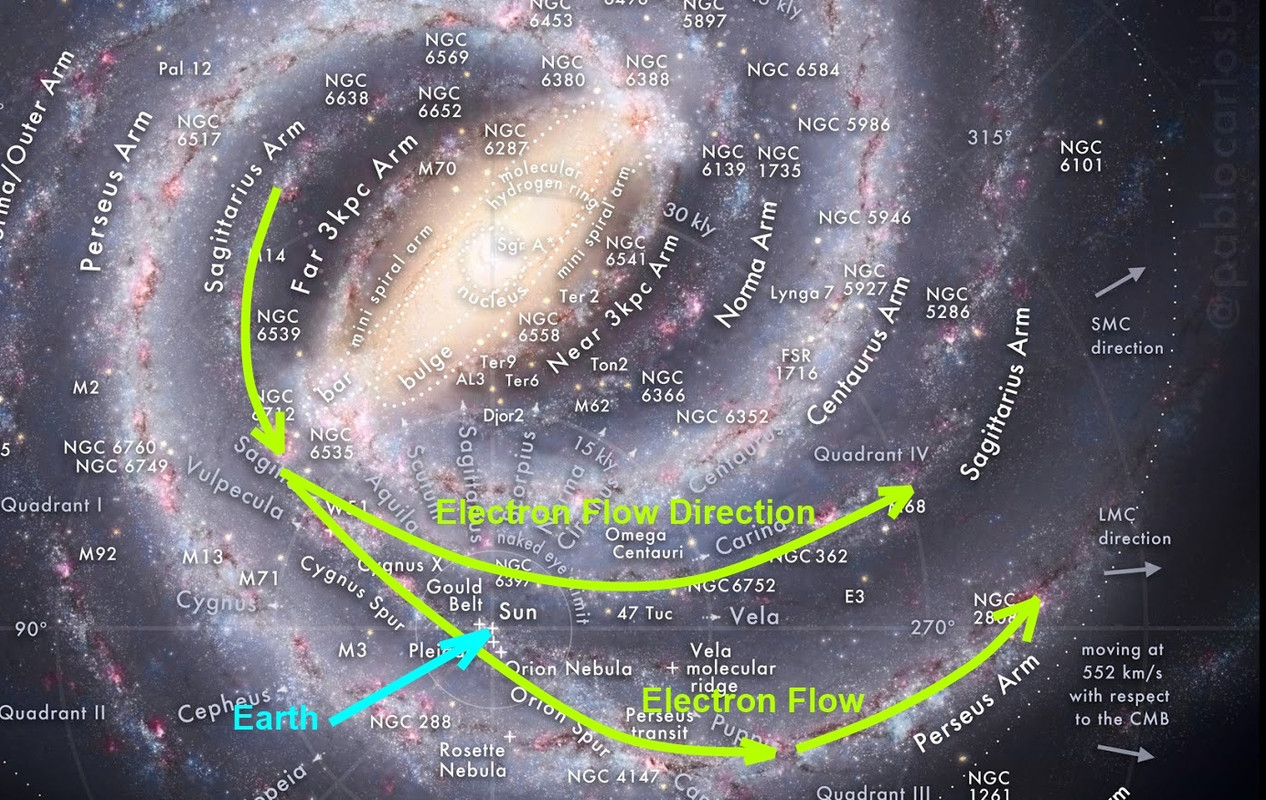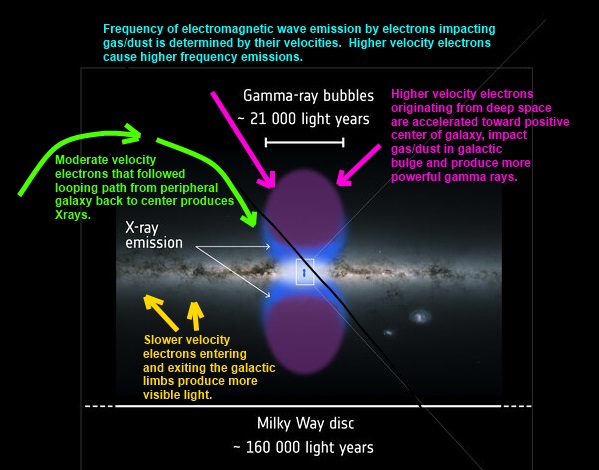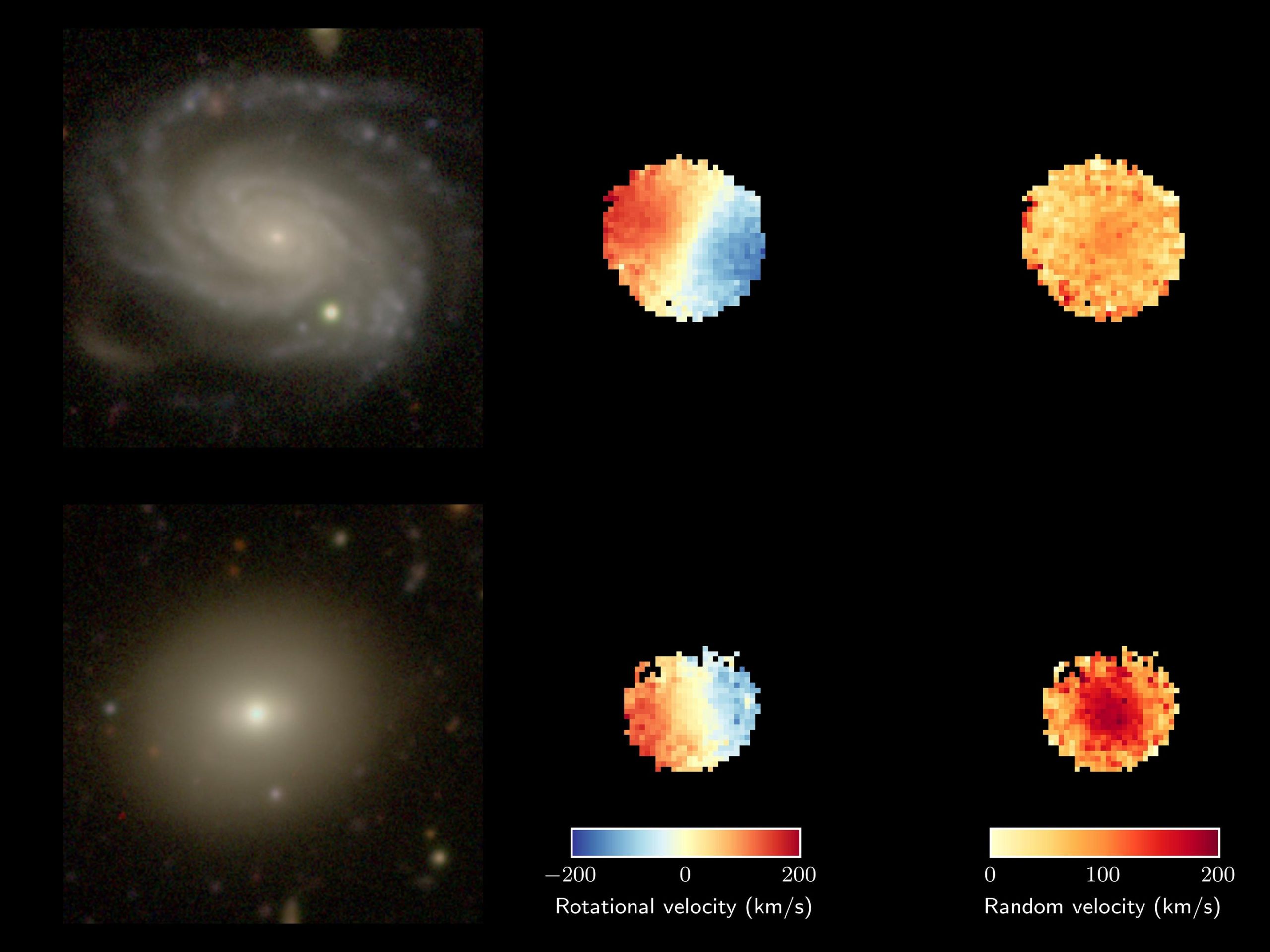https://doi.org/10.1007/BF00639434
https://archive.org/download/AlfvenCosm ... namics.pdf
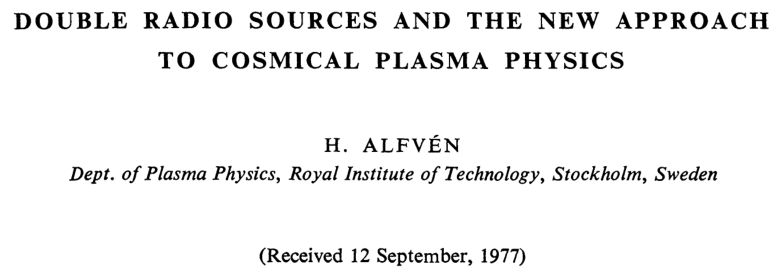
The following is an image from Alfven's paper showing his unipolar inductor:

I have previously proposed that the shape of galaxies is largely due to the flow of electrons through the galaxy. I described a mechanism for electron generation as the result of rotation of atoms or ions that create electrostatic and magnetic fields.
I have simplified the science by minimizing the process into 2 mechanisms:
1. Magnetic forces created by protons / atoms.
2. Electrostatic forces created by protons / atoms.
The magnetic force is created by protons moving either parallel or antiparallel to each other. The force is perpendicular (90 degrees) compared to the direction of proton travel.

The electrostatic force is also created by protons moving along the same path, either the same direction or opposite directions.
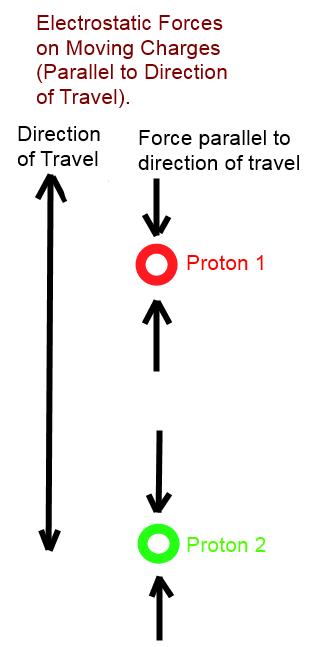
The magnetic force by moving protons will cause them to be pushed together when traveling in the same direction.
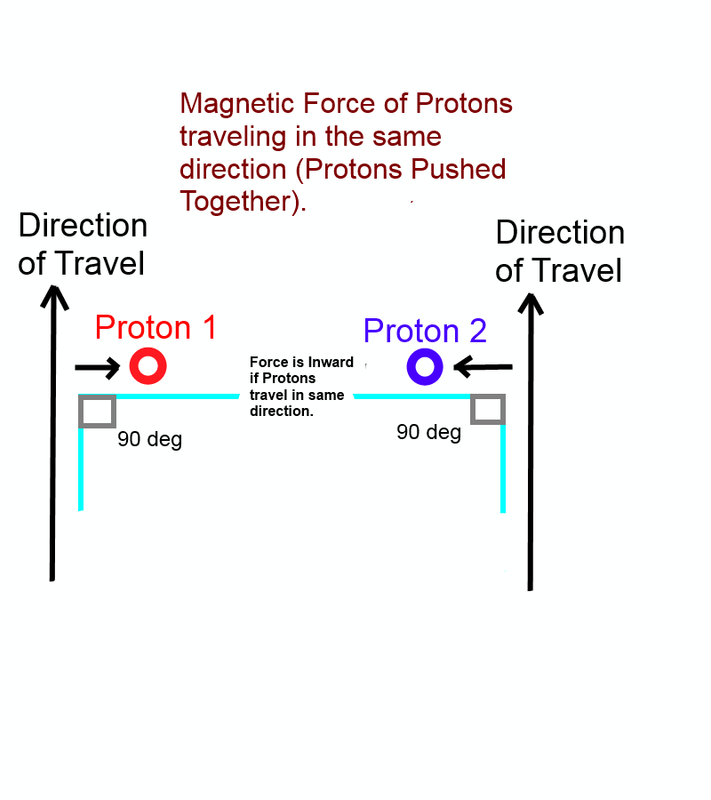
The electrostatic force will cause protons to repel each other when traveling in the same direction.

A grouping of protons traveling in the same direction will be attracted by magnetic forces oriented perpendicular to the direction of travel while being repelled by electrostatic forces oriented parallel to the direction of travel.
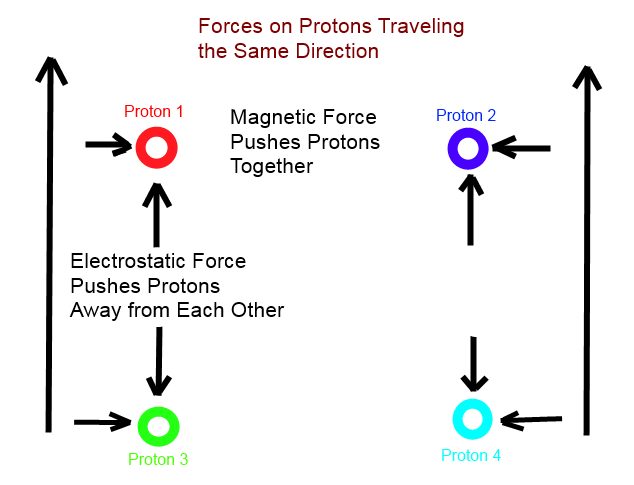
When an atom moves through space, both the proton and electron will create magnetic field lines that rotate in the same direction. The magnetic field pushes the proton toward the direction of travel while pushing the electron in the opposite direction. The magnetic field causes the atom to form what is often referred to as a “dipole” where the proton is in front and the electron(s) are pushed toward the rear of the atom during travel. If the atom is accelerated further, the electron can be completely repelled from the atom, causing ionization. The electron will be traveling in the opposite direction as the proton after ejection. The magnetic field of the proton will cause electrons ahead of the proton to be attracted while electrons behind to be repelled. The right hand rule can be used to show the direction of the magnetic field lines created by the proton. One would have to use the left hand to determine the direction of magnetic field lines created by the ejected electron.
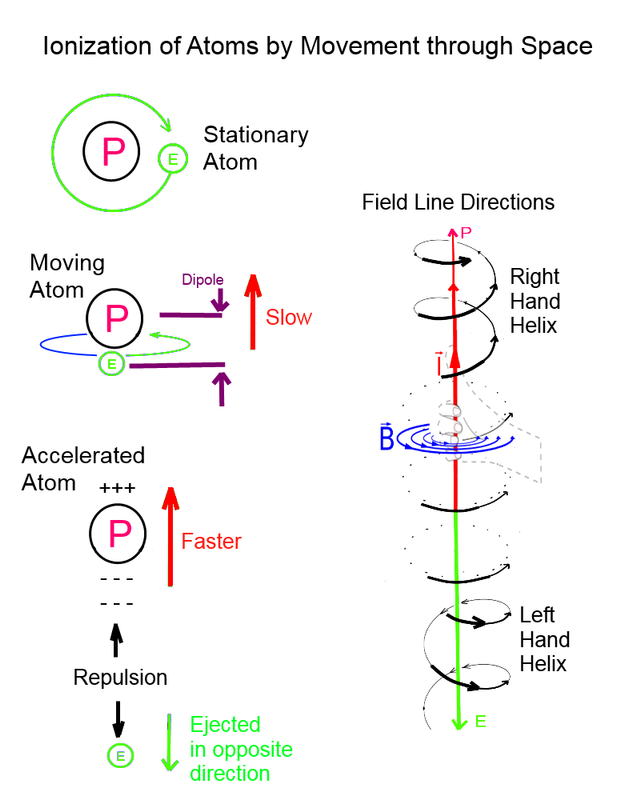
If the traveling electron encounters multiple protons, each proton will serve to direct the electron by a combination of attractive and repulsive electrostatic forces.
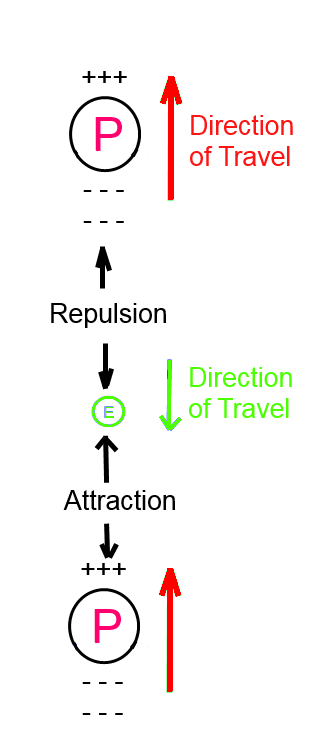
Rotating protons will cause a magnetic field that is greater at the periphery of rotation than the more central protons. An electron traveling in the opposite direction as the protons will be pulled to the more peripheral region of the rotating protons. The electron will continue to travel circumferentially in the opposite direction of the rotating protons. The net force on the electron traveling in a rotating mass will be diagonal.
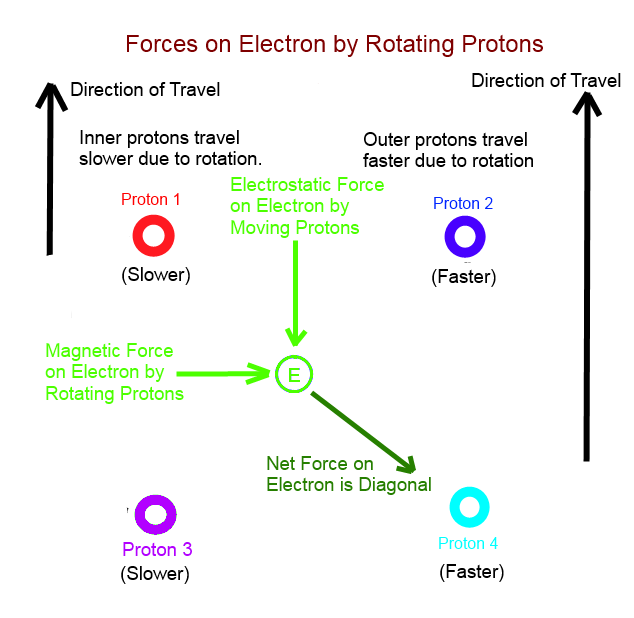
The diagonally directed electrons in a rotating mass largely determine the shape of the spiral arms of a galaxy due to a combination of electrostatic and magnetic forces acting upon them.
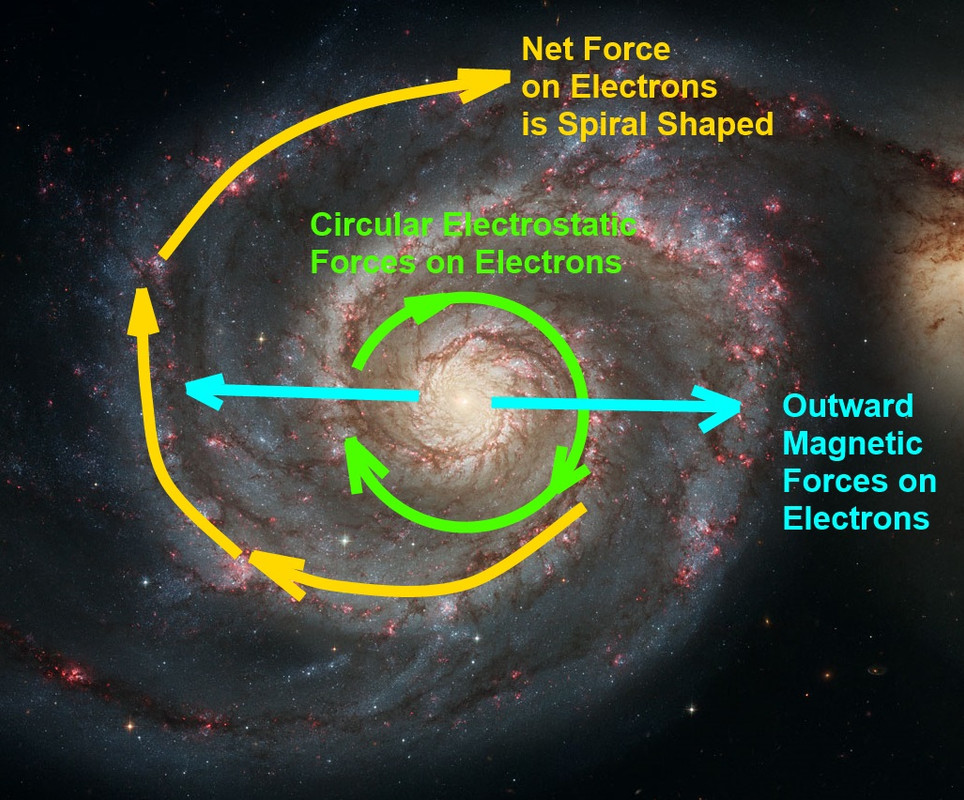
Electron travel in a galaxy will therefore be from the center toward the periphery of the spiral arms of a galaxy.
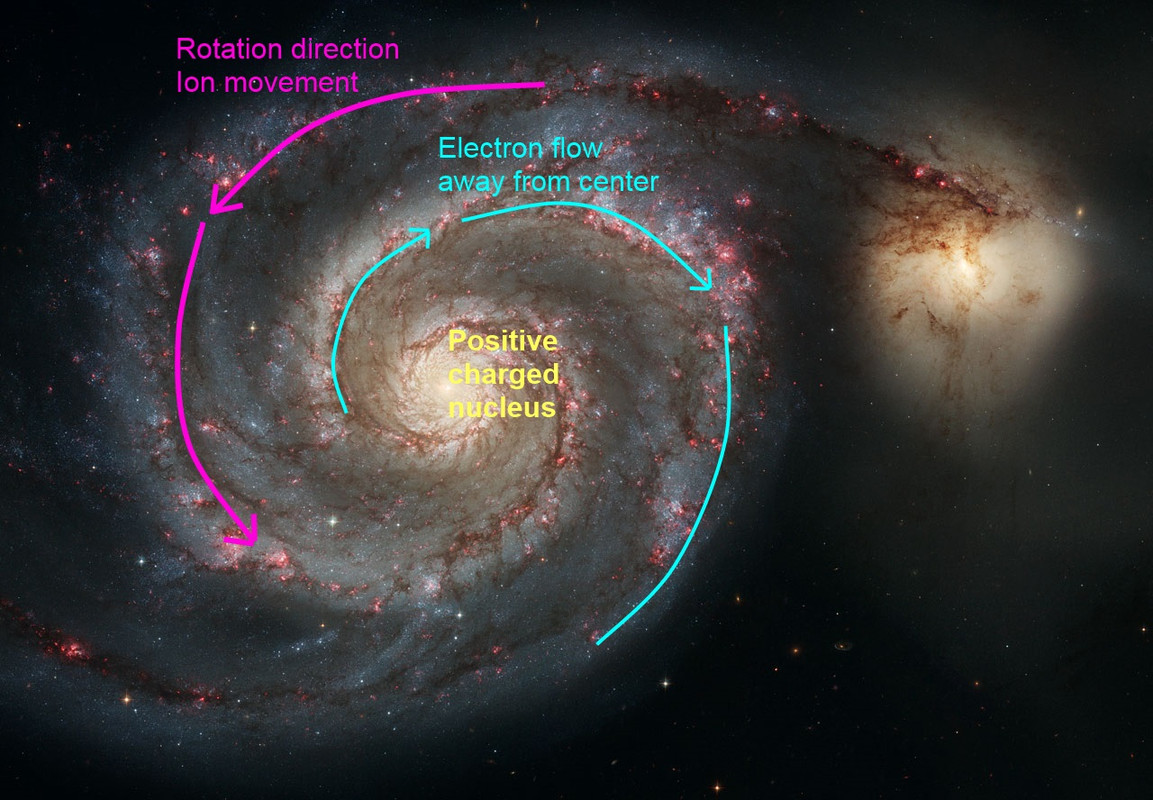
After the electrons travel through the spiral arms, many are electrostatically attracted to the positively charged center of the rotating mass.

The result of these magnetic and electrostatic forces create what H. Alfven described as a unipolar inductor in 1977. I find it amazing that Alfven could envision this generator-like effect of galaxies in 1977.
